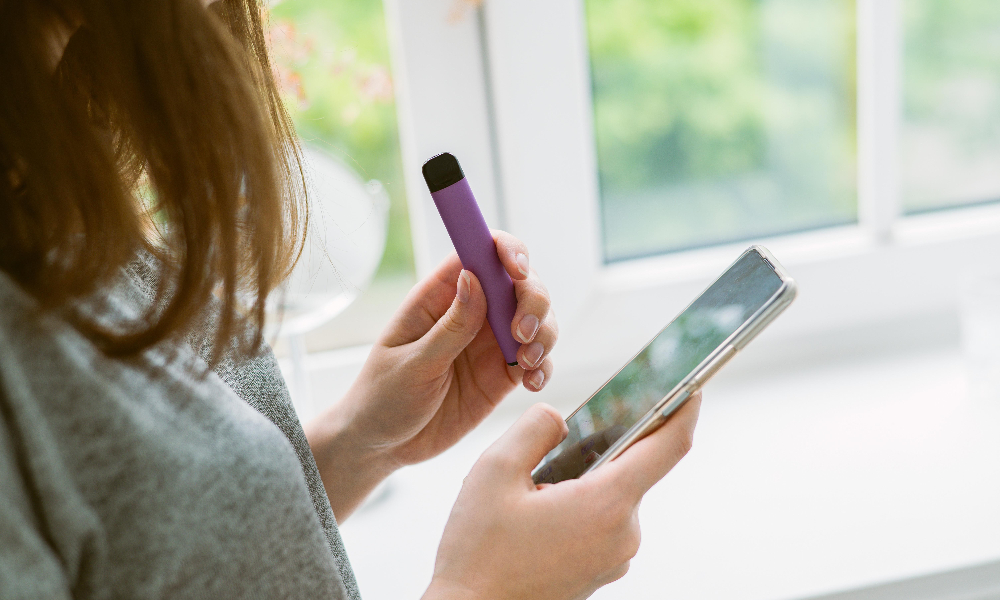
Young people are significantly more likely to vape if their friends do, new research led by the University of Queensland shows.
PhD candidate Giang Vu, from UQ’s National Centre for Youth Substance Use Research, said peer influence continues to shape adolescent vaping habits with data showing teens with friends who vape are 15 times more likely to use e-cigarettes themselves..
“We analysed data from 20,800 American youth between 2015 and 2021 and found while the proportion with friends who smoked declined, having friends who vaped remained concerningly common,” Vu said.
The proportion of teens with friends who vaped fell from 31.6% in 2015 to 22.3% in 2021. However, Vu said the figure remained high, despite a decrease in cigarette smoking among peer groups.
She also noted that disapproval from significant people in a young person’s life had a powerful impact. Disapproval of e-cigarettes from people important to teens – such as parents – reduced the likelihood of a teen vaping by about 70%, Vu noted.
Cannabis vaping on the rise
A separate study by UQ PhD candidate Jack Chung examined cannabis vaping trends in teens aged 11 to 18, using data from more than 70,000 students in the US National Youth Tobacco Surveys.
“We saw an increase in all products between 2021 and 2023, but it was concerning to see a rise in synthetic cannabinoids, where vaping doubled in young people aged between 11-15 years,” Chung said.
Synthetic cannabinoids – lab-made substances that mimic cannabis – pose serious health risks. “They can lead to unpredictable health consequences and even death,” Chung noted.
In 2023, 7.4% of adolescents were vaping tetrahydrocannabinol (THC), 2.9% cannabidiol (CBD), and 1.8% synthetic cannabinoids. Alarmingly, more adolescents were unaware of what substances they had used. The percentage of teens unsure if they had vaped synthetic cannabinoids rose from 1.8% in 2021 to 4.7% in 2023.
The role of social media
Associate professor Gary Chan, who collaborated on both studies, said social media had amplified the problem.
“In many videos, vaping is portrayed as trendy and a healthier lifestyle choice when compared to cigarette smoking, but this is dangerous messaging,” Chan said. He called for stronger regulation and tailored public health campaigns to address youth vaping.
Both studies are published in peer-reviewed journals, including American Journal of Preventive Medicine and Nicotine & Tobacco Research.

